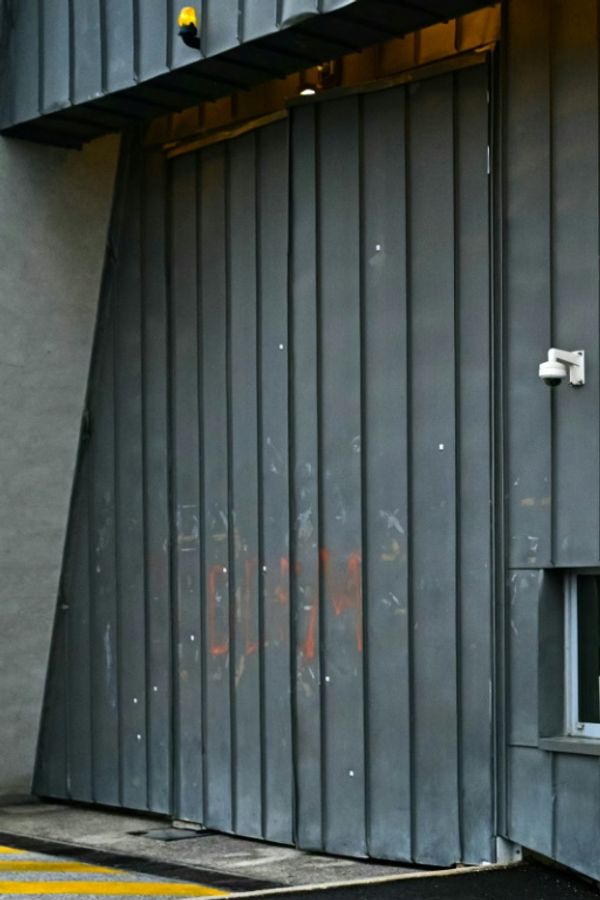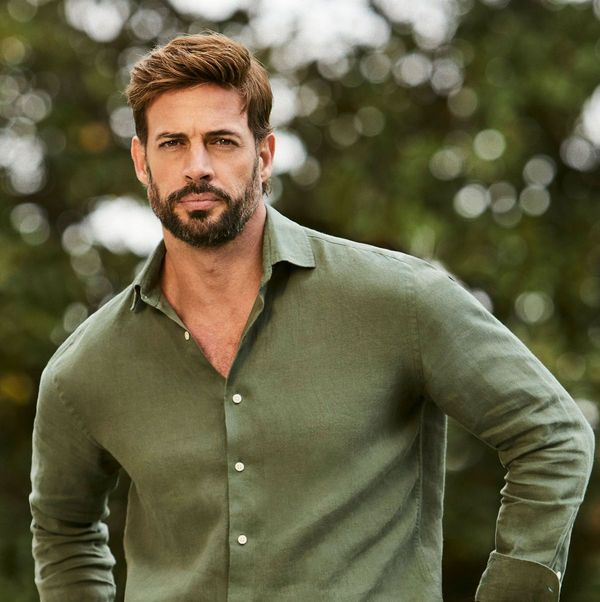
AUGUSTA — It is fitting that Rory McIlroy completed the career Grand Slam at Augusta National, whose founder, Bobby Jones, is so intricately tied to the notion of winning all four of the game’s major championships in the same season.
Of course, Jones’s 1930 feat—unbeknownst to most when he embarked on the journey, included the majors of the day: the British and U.S. Amateurs, as well as the British and U.S. Opens.
His ability to pull off the “Impregnable Quadrilateral” led to a New York City ticker-tape parade. He retired from competition and later built his dream course in Augusta, Ga., the one that he would host and what would become to be known as the Masters Tournament, which began in 1934.
After Jones, the idea of winning all of the top tournaments of the day began to wane. Competing as an amateur at the top levels of golf became less feasible as professionals began to emerge. And it wasn’t for 30 years that a new type of “Grand Slam” emerged with the help of Arnold Palmer and writer Bob Drum.
After Palmer won the Masters and U.S. Open in 1960, Drum, writing for the Pittsburgh Press, pushed the idea of a new slam that included the Masters and PGA Championship. Palmer finished second at St Andrews that year but a new order of majors had been born.
And given the difficulty of achieving that in a single season, a hybrid of sorts emerged—the career Grand Slam, or winning all four in a career, still an amazingly rare feat. McIlroy became just the sixth player to do so.
The others were Gene Sarazen, Ben Hogan, Gary Player, Jack Nicklaus and Tiger Woods.
For Sarazen, a calendar year Slam wasn’t realistic. His last major title came in 1935, the second year of the Masters. In fact, when Sarazen completed the career Slam, he didn’t know he had done it.
That modern Grand Slam and its offshoot, the career version, had obviously not become part of the golf consciousness, needing all that time before Palmer came along to make it real.
So when Sarazen won the 1935 Masters—not even called the Masters then (the Augusta National Invitation Tournament), nor anointed as a major championship—the idea of completing the career Grand Slam had not yet been born.
Hogan likely probably never thought about it. He played in just one British Open, winning it in 1953—also his last major title. In '51, when Hogan also won the Masters and the U.S. Open, he did not play in the Open or PGA. (The only other player to win the Masters and U.S. Open in the same year was Craig Wood in '41; there was no Open that year due to World War II, and he lost in the round of 32 at the PGA Championship, then a match play tournament.)
For Player, the idea was very much on his mind. He had won the Open, Masters and PGA Championship prior to winning the 1965 U.S. Open at Bellerive in St. Louis. He defeated Nagle—who had thwarted Palmer at St. Andrews in '60—in a playoff.
“It certainly meant a great deal to me then, but it continues to grow and become more and more special as time goes on due to its rarity and the sheer accomplishment that few are able to achieve,” Player said. “Isn’t it something, too, that only two (now three) other golfers have achieved the Grand Slam in the (time) since I did it at Bellerive? That alone speaks to how difficult it is to achieve.
“It does not surprise me. There have been many great golfers who have won a number of majors, but each major championship has its own unique tests that have perhaps kept great players from triumph over all four. It takes a lot of work, but also a bit of luck. Like I’ve said before, the harder you practice, the luckier you get.”
Nicklaus never made much of achieving the career Grand Slam. He accomplished the feat for the first time in 1966 when he won the Open Championship at Muirfield. That victory was significant enough to him that he named his course in Ohio after it (Muirfield Village) and modeled the Memorial Tournament logo much like the Claret Jug.
“There wasn't much fanfare from my side or anybody else’s,” Nicklaus said about the career Grand Slam. “My fanfare was winning the British Open. And I never even thought much about a career Grand Slam. We were trying to win it in one year, not trying to win it in a bunch of years. But I was very proud of Muirfield, obviously, in ’66."
Nicklaus would go on to win each of the majors at least three times, with his last Open title at St. Andrews in 1978. Woods also accomplished the career Grand Slam on three occasions, first doing so when he won the Open at St. Andrews in 2000. That was the second of three consecutive major titles that year, and he added a fourth in a row in 2001 at the Masters, or the Tiger Slam. (No other player has won all four majors twice.)
“Winning the (career) Grand Slam was really special, especially completing it at St. Andrews,” Woods said years after the accomplishment. "The walk up No. 18 there, and at Augusta, is amazing. People forget how hard it is to win, and it's even tougher at a major. To win all four means a lot to me.”
That same year, he matched Hogan's feat of winning three majors in a season, capturing the U.S. Open, The Open and PGA after finishing fifth at the Masters. He would go on to capture the 2001 Masters, making him the only player to hold all four major professional major trophies at once, called by some, the "Tiger Slam.”
A year later, Woods captured the Masters and U.S. Open, becoming the first player since Nicklaus in 1972 to win them both in the same year. Jordan Spieth is the only player—in 2015—since Woods to win the first two majors of the year.
“The press has continued to laud the career Grand Slam to assuage the failure of anyone to capture the calendar year professional grand slam,” said Sidney Matthew, a golf historian who has written extensively about Bobby Jones.
Spieth can complete the career Grand Slam next month at the PGA Championship. Phil Mickelson, 54, needs the U.S. Open—where he’s been runner-up six times—to do it.
Among the greats who never did it were Palmer, Tom Watson, Lee Trevino, Byron Nelson, Sam Snead and Raymond Floyd.
Watson said he never felt the same pressure that has been hoisted on McIlroy.
“The way I played the game was every tournament was a brand-new tournament,” he said. “Majors are more important. So the majors to me, the U.S. Open was the most important tournament for me to win. It stems back to the way my dad thought about golf and that the U.S. Open was the toughest tournament to win.
“When I hadn’t won the PGA, did I put pressure on myself? No. It was a major tournament, I prepared for it. I just never got the job done, and it wasn't the pressure of not having won it. It was just a pressure of playing shot by shot that week and playing well enough to win it, which I never accomplished.”
For McIlroy, this has been a talking point for the past 10 years. Since winning the Open at Royal Liverpool in 2014, the attention going into the Masters has always centered on his ability to do it.
Now he has, getting to five major titles total.
Next question: Can he win all four in the same year?
This article was originally published on www.si.com as Rory McIlroy’s Masters Win Clinched the Career Grand Slam, Which Has Evolved Over Time.







